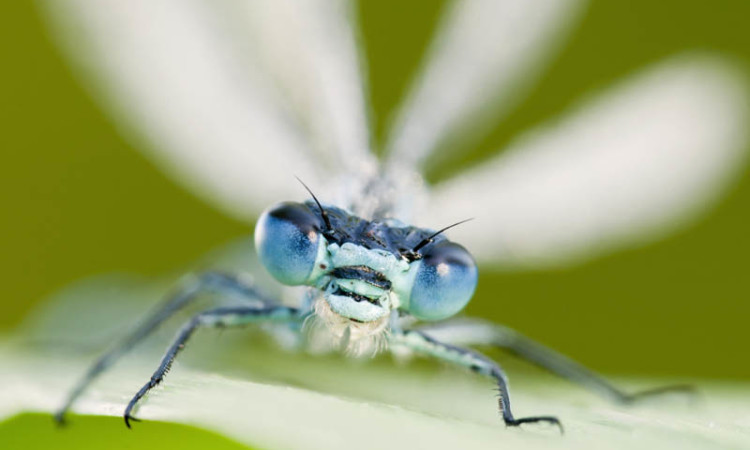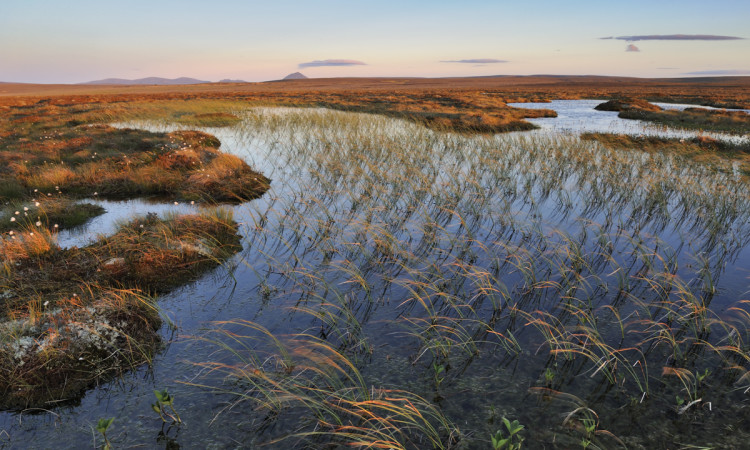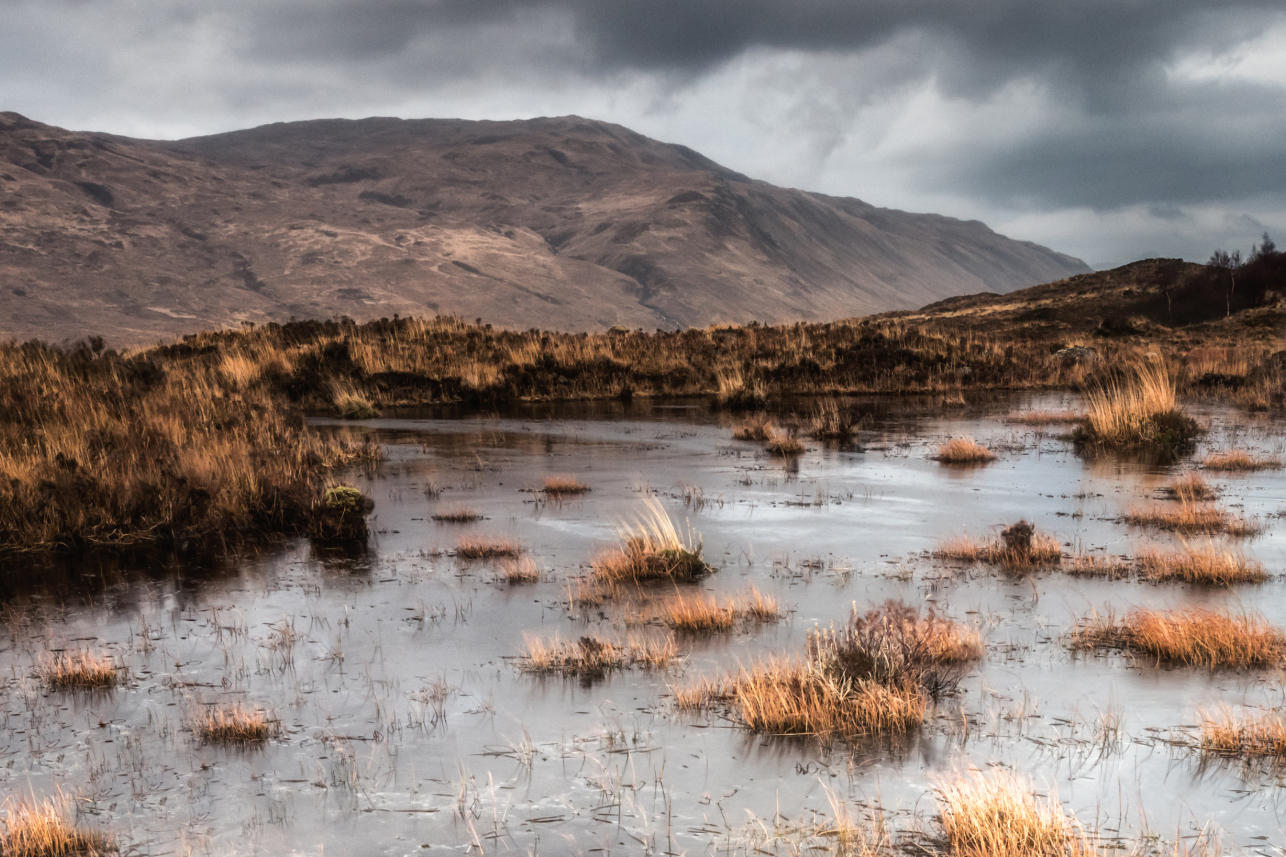Published:
7 Apr 2022
Why we love bogs (and you should too)
11 fascinating features of the humble peat bog

-
Peatlands are a type of wetland
...where the growing vegetation (for example, cottongrass and bog moss in northern hemisphere bogs) dies and partially decomposes in waterlogged conditions to form peat. -
Peatlands are known by many names
...including bog, moss, marsh, mire, fen and swamp. Each have slightly different characteristics. -
Peatland is a rare habitat
...that makes up just 3% of the earth’s surface but stores twice as much carbon as all the world’s forests! Healthy peatlands are the carbon capture miracle that tech engineers dream of. Peatlands cover 20% of the land in Scotland and store an estimated 1,600 million tonnes of carbon (to put that in context, Scotland’s total greenhouse gas emissions in 2019 were estimated to be 47.8 million tonnes carbon dioxide equivalent). -
Peat builds up slowly – at a rate of around 1mm a year
That means that peat a metre deep has taken 1,000 years to form! -
Peatlands are found in 180 countries around the world
Some of the biggest cover large expanses of Russia and Canada but they’re also found in tropical climes such as Northern and Central Congo and Indonesia. Peatlands are most widespread in Asia (where 38% of the world’s peatlands can be found) followed by North America (32%), Europe (12%) and South America (11%). Blanket bogs, common across the west and north of Britain, also form part of the North American tundra and are found as far south as the Cantabrian Mountains in Spain. -
They’re everywhere
Peatland can be naturally forested or naturally open, thrive in lowland or upland locations, on steep slopes and in warm and cold climates. They’re a diverse habitat, which includes bog, fen, marsh, swamp and meadow. -
They support gorillas, elephants and tigers
Healthy peatlands are peaceful havens and magnets for wildlife. Depending what country you’re in, your local peatland could be a home or foraging destination for deer, wading birds, raptors, moose, red squirrel, beaver, bison, black bear, wolf, otter, orangutan, Sumatran tiger, rhinoceros or Sunda clouded leopard as well as dragonflies, mosquitoes, spiders and beetles. Populations of western lowland gorilla and forest elephant, listed as critically endangered by the IUCN, live on peatlands in the Congo Basin, while the Sumatran tiger lives on peatlands in Indonesia. -
They give us clean water
About 70% of our drinking water in Britain comes from peatland catchment areas. Peatland plants filter out harmful metals (such as zinc and copper) and other elements from soon-to-be drinking water, and reduce sediment and particulates. This gives us clean, healthy water that needs less treatment before flowing through to our house taps. Better for us, better for the environment, better for our bills. The vegetation found in healthy peatlands also helps to remove pollutants from the air. Breathe in, breathe out, give thanks. -
They give us a peek into the past
Peat bogs teach us about the past by offering up preserved bodies, remains of settlements and human activity as well as the remains of ancient trees, animal skeletons and important clues to the past environment, such as pollen records. -
They reduce the severity of floods
Healthy bogs are stuffed with plants that absorb water and store it. Bog mosses alone can store more than 20 times their weight in water. Vegetation also acts as an obstacle to help slow the flow of water. By contrast, when rainfall gushes over bare earth, as it does on degraded peatlands, it gathers speed and increases flood risk downstream (flooding towns and villages as happens across the UK). -
Peat is young coal
Leave peat in the ground for a few million years and it will eventually turn into coal. Isn’t nature mind-blowing?
All about Peatlands
Discover interesting facts about these waterlogged ecosystems in our useful guide
Explore peatlands
